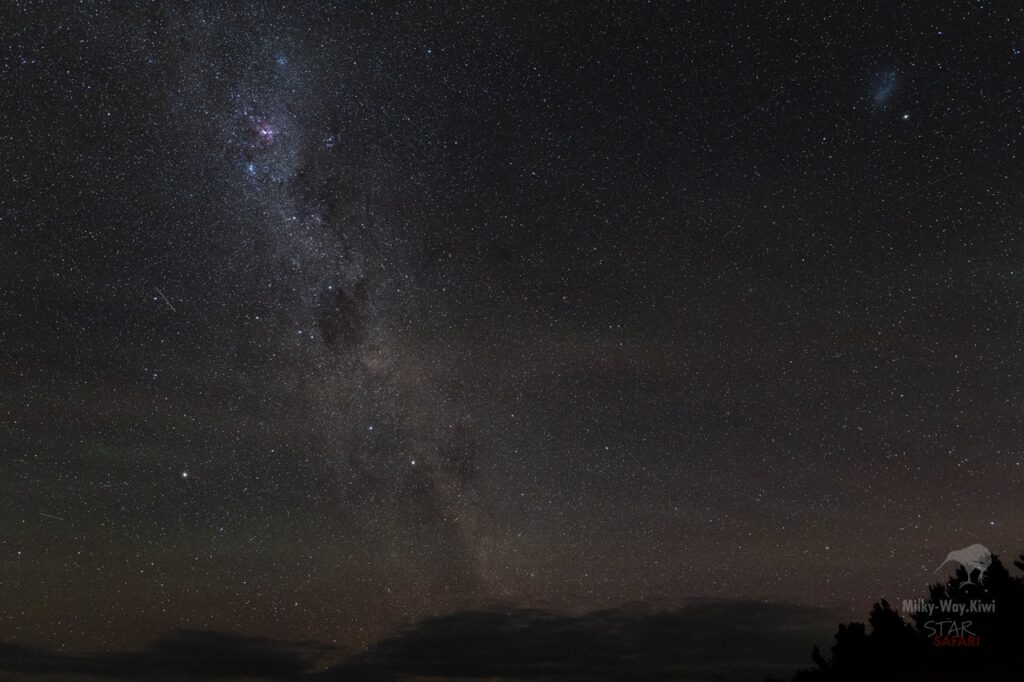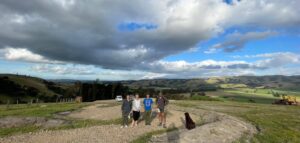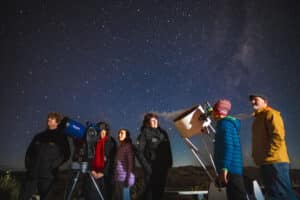Wairarapa has just been announced to be a dark sky reserve today, and so this is a great night for us all, because being a dark sky reserve is very special.
A dark sky reserve means that Wairarapa’s sky is “exceptionally dark” (IDA) and our location at Star Safari is among the darkest accessible by car, which is always great. We celebrated the announcement with stargazing at its best.









Click here to download your photos from the night – watch your email for an invitation to access the photos.
The night had quite a lot of airglow. Airglow has nothing to do with light pollution, due to the ionisation of particles in the air.
“Nighttime airglow (or nightglow) is a type of chemiluminescence—the emission of light from chemical interactions between oxygen, nitrogen, and other molecules in the upper atmosphere. Airglow occurs all around the Earth, all the time. However, “nightglow” is much easier to spot over a dark Earth than “dayglow,” as airglow is just one billionth as bright as the Sun. (NASA Aurora, Meet Airglow)
NASA
Some observing targets on the 19th were: Alpha Centauri, Jewel Box, Eta Carinae, The Magellanic Clouds – 47 Tucane, and Tarantula Nebula.
This night sky map on the 19th of January is made with Carte du Ciel – a free planetarium software.







